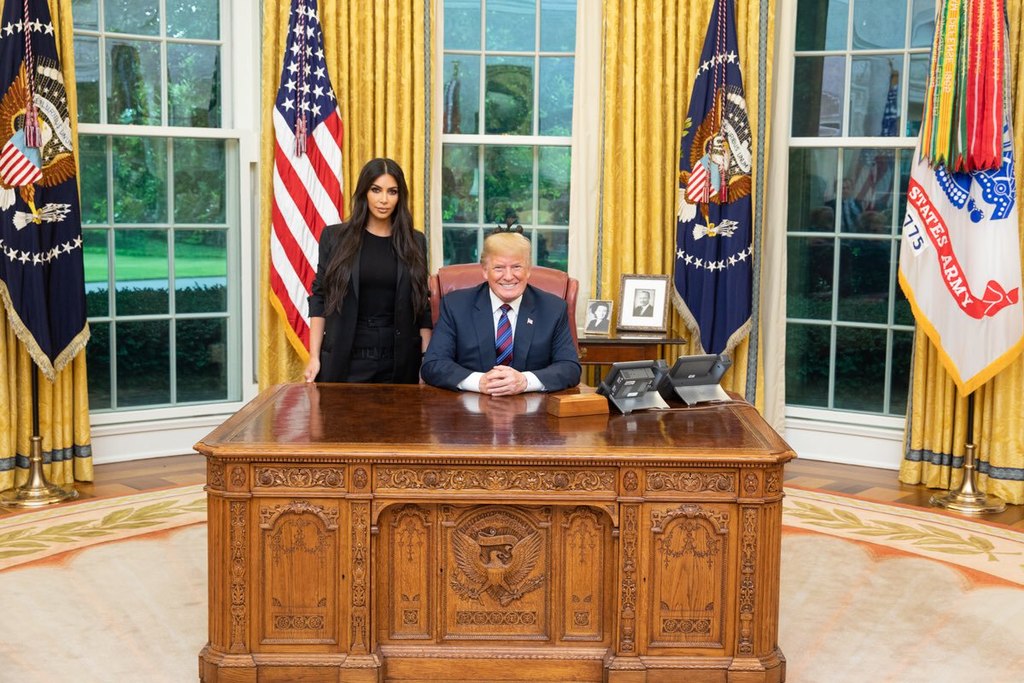Donald Trump’s approach to carbon emission regulation in his second term has reignited heated debates over the balance between economic growth and environmental responsibility. His administration has pledged to revise federal carbon policies, emphasizing industry-friendly solutions while scaling back stricter environmental mandates. This move has left critics questioning the nation’s commitment to combating climate change, even as supporters praise the focus on economic stability.
Scaling Back Environmental Mandates
The Trump administration is prioritizing a revision of existing carbon emission regulations, arguing that current policies impose undue burdens on businesses. Plans include loosening emission caps for manufacturing plants and oil refineries, as well as rolling back vehicle emission standards set during the Obama and Biden administrations.
“We are taking a common-sense approach to protect both our economy and environment,” a senior Trump official stated. The administration has also committed to expanding the use of carbon capture technologies as an alternative to stricter emission limits.
Critics, however, contend that these measures fall short of addressing the urgency of climate change. Environmental groups argue that relaxing emission standards undermines global efforts to reduce greenhouse gas levels, potentially exacerbating the effects of climate change.
Focus on Industry Growth and Energy Independence
Trump’s carbon policy emphasizes energy independence and job creation, with a strong focus on the coal and oil sectors. Industry leaders have welcomed the proposed changes, viewing them as a boost to domestic production and competitiveness. At the same time, Trump has pledged to invest in advanced technologies that lower emissions without compromising industrial output.
Despite these assurances, climate advocates remain skeptical. Maria Lopez, an environmental researcher, said, “Carbon capture and technological fixes cannot replace meaningful reductions in emissions. We need a bolder plan.”
Netizens Weigh In on Trump’s Carbon Plan
Trump’s carbon regulation strategy has sparked mixed reactions online. User @CleanEnergyNow tweeted, “Trump is putting corporate profits over the planet. We need stronger climate action, not weaker regulations!” Meanwhile, @ProBusinessUSA defended the plan, writing, “Finally, a president who puts American jobs and industries first. This is the right move for our economy.”
Others debated the role of technology in reducing emissions. “Carbon capture is a step in the right direction, but it’s not enough,” posted @GreenFuture2025. Conversely, @IndustryLeader2030 argued, “Innovation is the key to sustainable growth. Trump’s approach strikes the perfect balance.”
Some users highlighted concerns over global perception. “This plan damages America’s standing in the fight against climate change,” wrote @EcoJusticeGlobal. On the other hand, @PatriotEnergy said, “Why should we sacrifice our economy for unrealistic climate goals? Trump is making the tough but necessary decisions.”
Challenges Ahead for Carbon Regulation
Trump’s plan to revise carbon regulations faces significant hurdles, including legal challenges from environmental advocacy groups and opposition from lawmakers committed to climate action. As the global community intensifies its efforts to combat climate change, the United States’ approach under Trump’s leadership is likely to remain a focal point in international discussions.



 Michael Dell Pledges $6.25 Billion to Boost Children’s Investment Accounts Under Trump Initiative
Michael Dell Pledges $6.25 Billion to Boost Children’s Investment Accounts Under Trump Initiative  Putin Concludes High-Level Talks With Trump Envoy on Ending Ukraine Conflict
Putin Concludes High-Level Talks With Trump Envoy on Ending Ukraine Conflict  Federal Judge Blocks Trump Administration’s Medicaid Funding Restrictions Targeting Planned Parenthood
Federal Judge Blocks Trump Administration’s Medicaid Funding Restrictions Targeting Planned Parenthood  U.S.–Russia Peace Talks Stall as Kremlin Rejects Key Proposals
U.S.–Russia Peace Talks Stall as Kremlin Rejects Key Proposals  Cuba Reaffirms Anti-Drug Cooperation as Tensions Rise in the Caribbean
Cuba Reaffirms Anti-Drug Cooperation as Tensions Rise in the Caribbean  Australia Progresses AUKUS Review as U.S. Affirms Strong Support
Australia Progresses AUKUS Review as U.S. Affirms Strong Support  UN General Assembly Demands Russia Return Ukrainian Children Amid Ongoing Conflict
UN General Assembly Demands Russia Return Ukrainian Children Amid Ongoing Conflict  China Urged to Prioritize Economy Over Territorial Ambitions, Says Taiwan’s President Lai
China Urged to Prioritize Economy Over Territorial Ambitions, Says Taiwan’s President Lai  U.S. Repatriation Flight Carrying 266 Venezuelan Migrants Lands in Caracas
U.S. Repatriation Flight Carrying 266 Venezuelan Migrants Lands in Caracas  UN Chief Says Gaza Operation “Fundamentally Wrong” as Concerns Over War Crimes Grow
UN Chief Says Gaza Operation “Fundamentally Wrong” as Concerns Over War Crimes Grow  Trump Warns Drug-Trafficking Nations as Colombia’s Petro Issues Strong Rebuttal
Trump Warns Drug-Trafficking Nations as Colombia’s Petro Issues Strong Rebuttal  Israel Receives Body of Deceased Hostage as Rafah Crossing Reopening Hinges on Final Returns
Israel Receives Body of Deceased Hostage as Rafah Crossing Reopening Hinges on Final Returns  Maduro Confirms “Respectful” Call With Trump, Signals Openness to Diplomatic Dialogue
Maduro Confirms “Respectful” Call With Trump, Signals Openness to Diplomatic Dialogue  Senators Warn Trump Against Unauthorized Venezuela Strike, Vow War Powers Push
Senators Warn Trump Against Unauthorized Venezuela Strike, Vow War Powers Push  Trump Administration Halts Immigration, Green Card, and Citizenship Processing for 19 Countries
Trump Administration Halts Immigration, Green Card, and Citizenship Processing for 19 Countries  Taiwan Signals Openness to Renew Ties with Honduras as Election Unfolds
Taiwan Signals Openness to Renew Ties with Honduras as Election Unfolds  Pentagon Probe Finds Hegseth’s Use of Signal Risked Exposing Sensitive Yemen Strike Details
Pentagon Probe Finds Hegseth’s Use of Signal Risked Exposing Sensitive Yemen Strike Details 



























